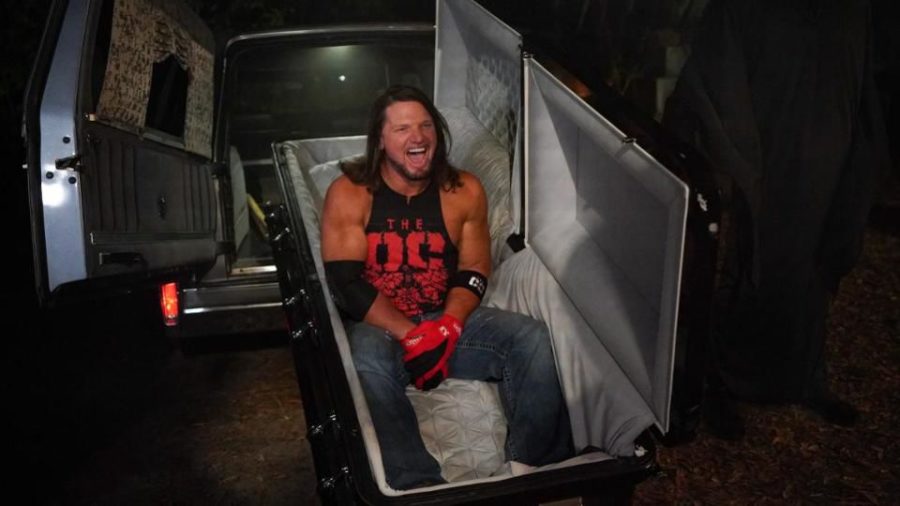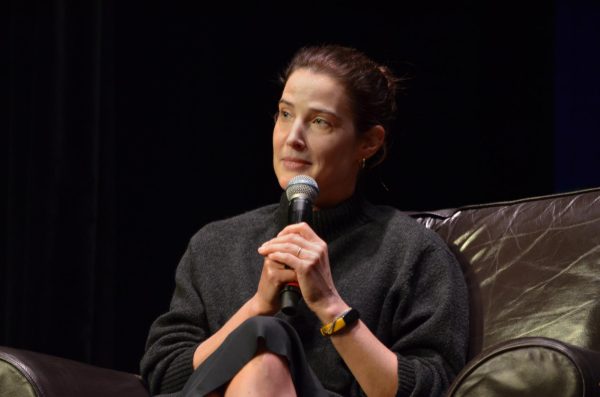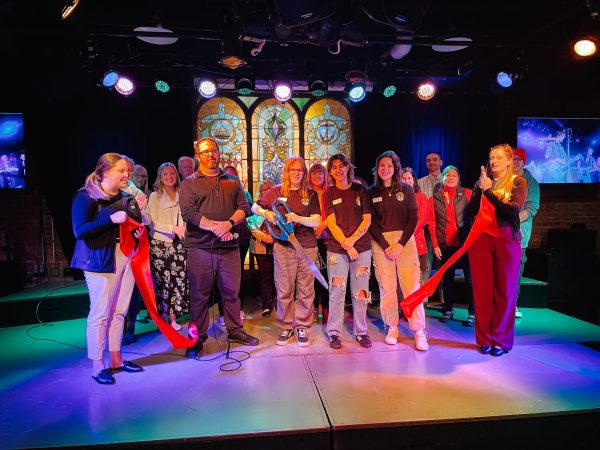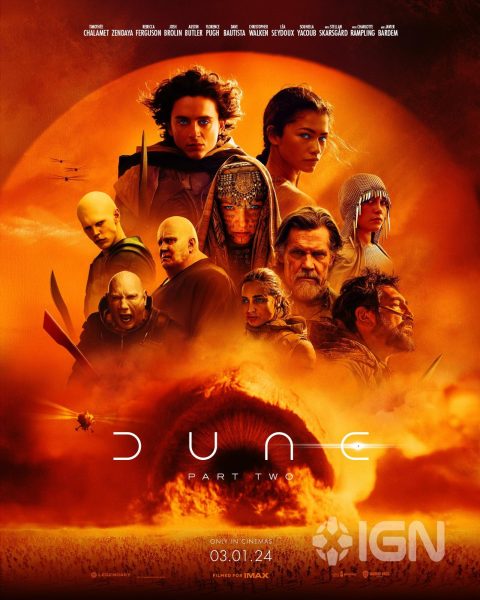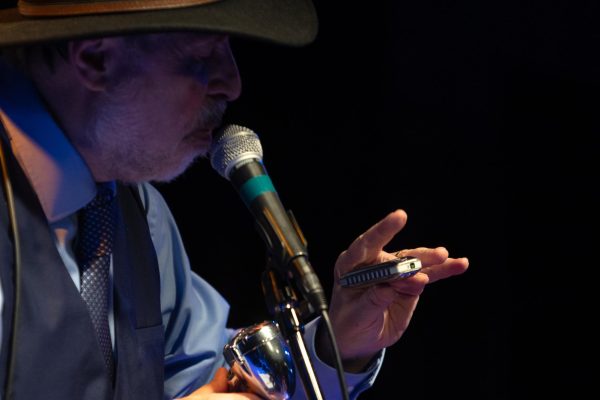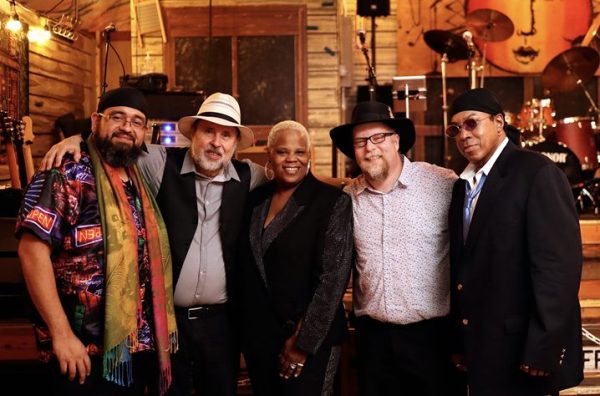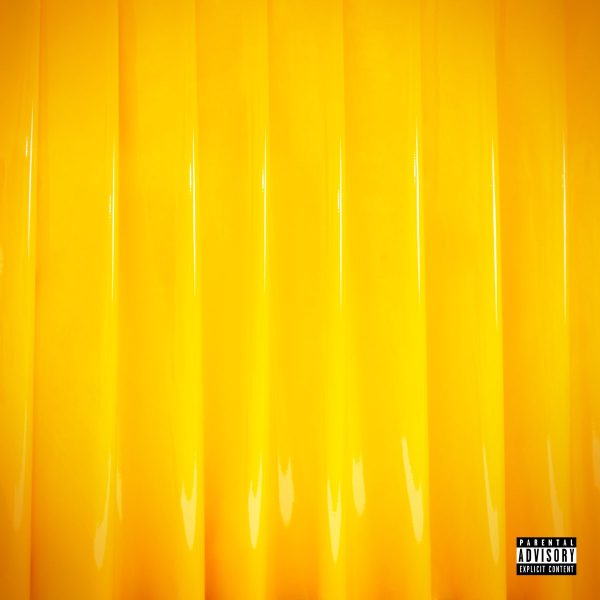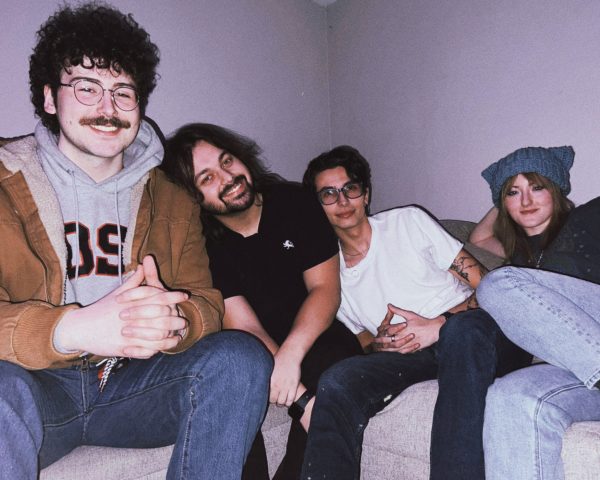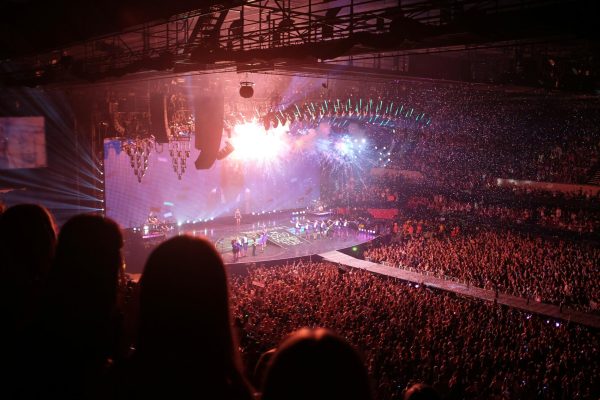Babcock: WWE is not ‘essential’
April 15, 2020
As COVID-19 spreads across the globe, nearly every professional sport has experienced cancellations and modifications. However, World Wrestling Entertainment (WWE) has made it onto the list of essential services in the state of Florida.
WWE’s performance center training facility is located in Orange County, where this month the company held their signature annual event, WrestleMania, without a live audience for the first time in the event’s history.
Independent pro-wrestling companies who typically hold their biggest events at the location of WrestleMania each year missed their most significant paydays, and tens of thousands of fans were forced to refund their tickets and cancel their travel plans.
WWE is continuing their weekly live programming schedule of Raw, SmackDown and NXT at their performance center without fans in attendance.
To outsiders, the survival of WWE amidst a pandemic would surely be a blessing to pro-wrestling fans. I would argue WWE’s continuation is an extension of one of the darkest and disappointing timelines in pro-wrestling.
It’s fitting for VICE on TV’s docuseries “Dark Side of the Ring,” which dives into the ugliest stories from the history of pro-wrestling, to air it’s latest season alongside the current events of the pro-wrestling world.
The deaths of WWE wrestlers Chris Benoit, Eddie Guerrero and Owen Hart did not stop WWE CEO Vince McMahon from allowing the show to go on then, so it’s unsurprising that today the show goes on in this case of coronavirus.
WWE’s attempts so far at a weekly pro-wrestling television show without a live audience haven’t gone great either. Historically, pro-wrestling has revolved around the reactions and energy of a live audience.
Without a live audience, the action and drama of pro-wrestling can become incredibly awkward, as displayed by the events of WrestleMania 36.
Before the event took place, wrestler Roman Reigns, who was billed for a main event world championship match against Goldberg, was forced to withdraw from the event due to his increased risk from previous complications with leukemia.
Pro-wrestler Edge, who returned from a nine-year absence due to injury, was billed for an incredibly anticipated match with career rival and ally Randy Orton. The match turned out to be arguably the most disappointing match in WrestleMania history, lasting nearly 40 long minutes of backstage brawling in deafening silence. The emotion and excitement of Edge’s return from retirement will forever be lost in time due to COVID-19.
Other marquee matches for WrestleMania 36 weren’t pro-wrestling matches at all in the traditional sense. Undertaker versus AJ Styles took place as a “boneyard match,” filmed like a low-budget action movie with both wrestlers brawling brutally and dramatically across a graveyard. John Cena versus “The Fiend” Bray Wyatt played out like a nightmare sequence, which explored different eras of the respective wrestlers’ careers.
These cinematic matches, while testing the limits of suspension of disbelief, provided more entertainment than the traditionally performed wrestling matches. Without an electric WrestleMania crowd for the wrestlers to feed off of, it was impossible for my brain to register the event as a WrestleMania. For that alone, WrestleMania 36 will be remembered by me as the worst in the event’s history.
For WWE to keep their employees away from their homes and families only to produce one of the worst and lowest-rated versions of their product is an action fit to join the rest of the cast of shady actions throughout WWE’s history.
To fulfill the production schedule of three live television WWE shows per week, the wrestlers would either have to stay temporarily in Florida where the shows take place or risk traveling back and forth from their homes, potentially putting their own family members at risk of contracting COVID-19. Not only that, but WWE isn’t cutting corners when it comes to their shows, including 70-year-old Jerry Lawler who has had a heart attack in his history on live commentary.
Why WWE couldn’t just suck it up and tape ahead five weeks of episodes then letting their employees go home to their families is dumbfounding. It’s “Dark Side of the Ring” in real-time.

